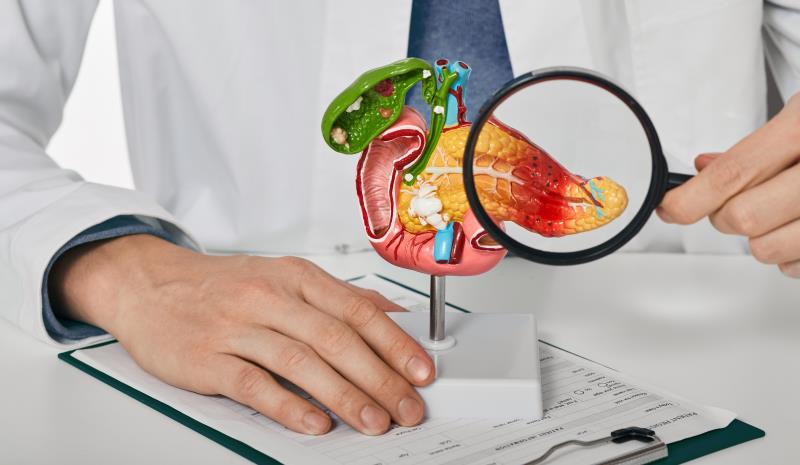
A recent study has observed the varying efficacy of endoscopic therapy in patients with symptomatic pancreatic divisum (PD), with the highest success rate seen in recurrent acute pancreatitis.
However, endoscopic intervention results in “higher-than-usual rate of adverse events,” which include postendoscopic retrograde cholangiopancreatography pancreatitis.
The authors performed a comprehensive search of several databases from inception to July 2023 and identified studies that explored that use of endoscopic therapy in symptomatic PD. They used a random-effects model to calculate the pooled rates and the I2 values to assess the heterogeneity.
Twenty-seven studies met the eligibility criteria. Endoscopic intervention in PD had a pooled technical success rate of 92 percent (95 percent confidence interval [CI], 87‒95; I2, 63 percent) and a pooled clinical success rate of 65 percent (95 percent CI, 60‒70; I2, 60 percent).
For PD subtypes, the rate of clinical success was highest in recurrent acute pancreatitis at 71 percent (95 percent CI, 65‒76; I2, 24 percent). In defining clinical success, significant heterogeneity was observed in the available studies.
Of note, the rate of adverse events was unusually high at 71 percent (95 percent CI, 65‒76; I2, 24 percent).
“PD is a congenital malformation of the pancreas and is implicated as a cause of pancreatitis,” the authors said. “The role of endotherapy has been variable in symptomatic PD indicated by recurrent acute pancreatitis, chronic pancreatitis, or chronic pancreatic-type abdominal pain.”